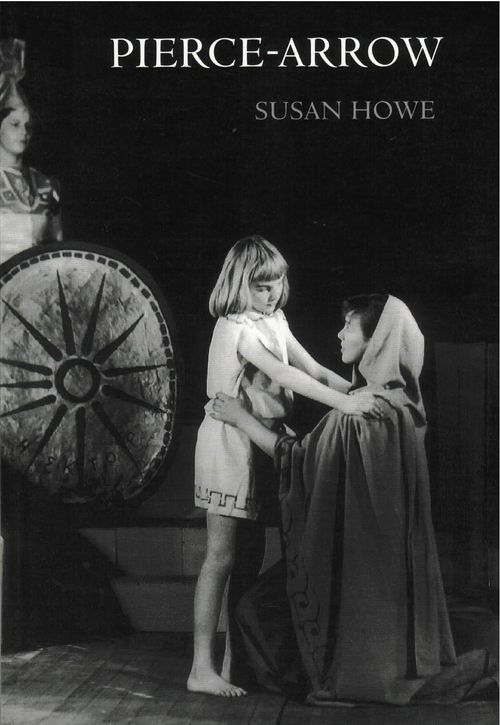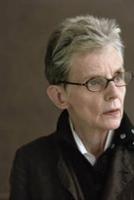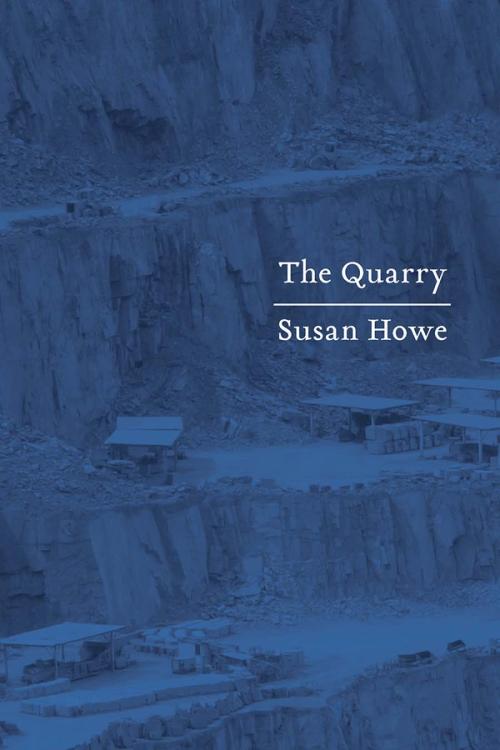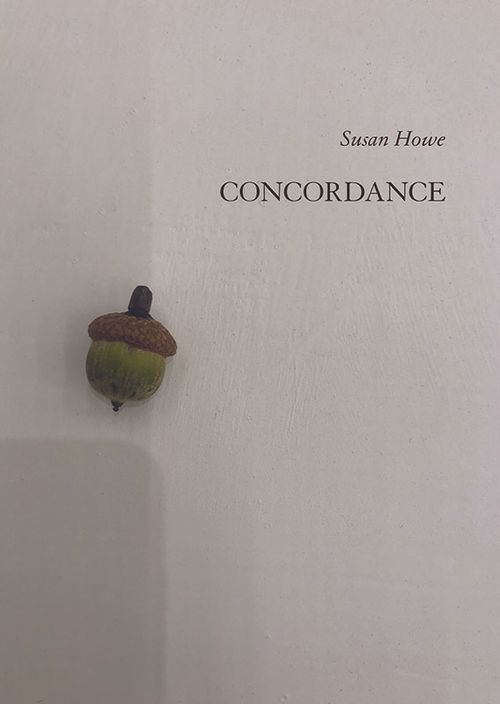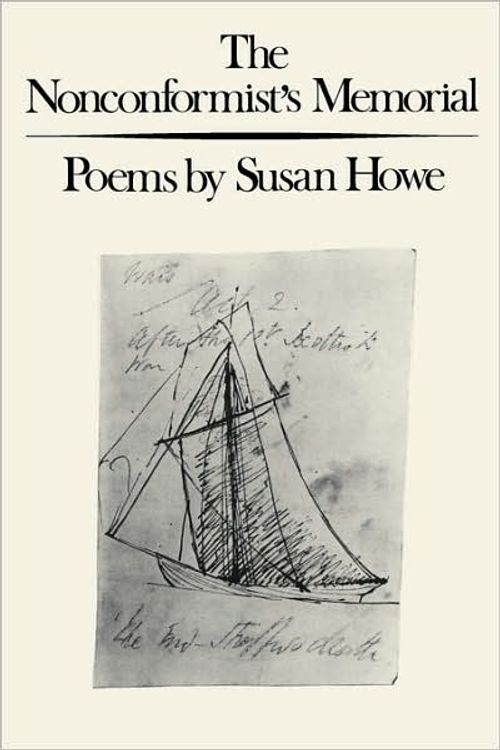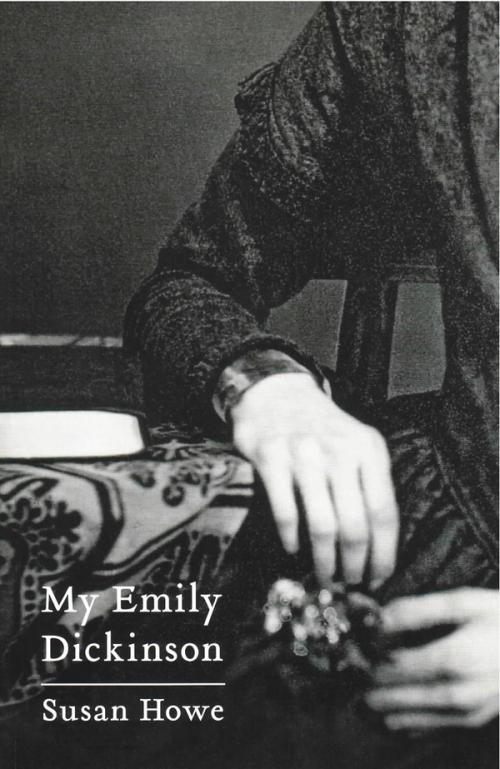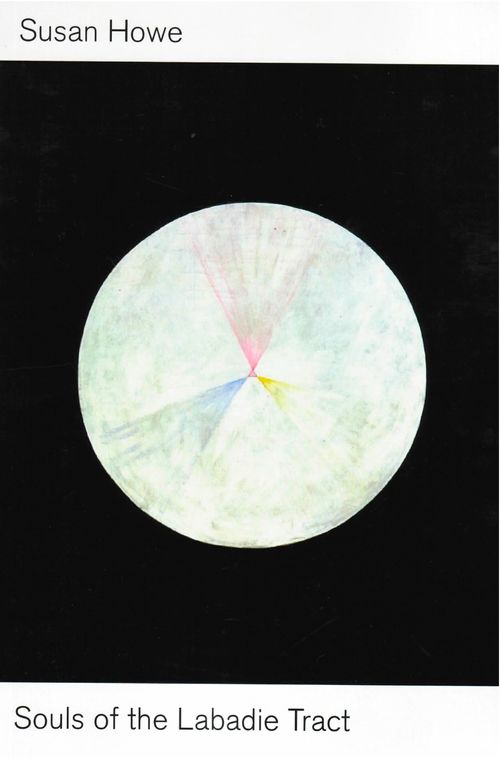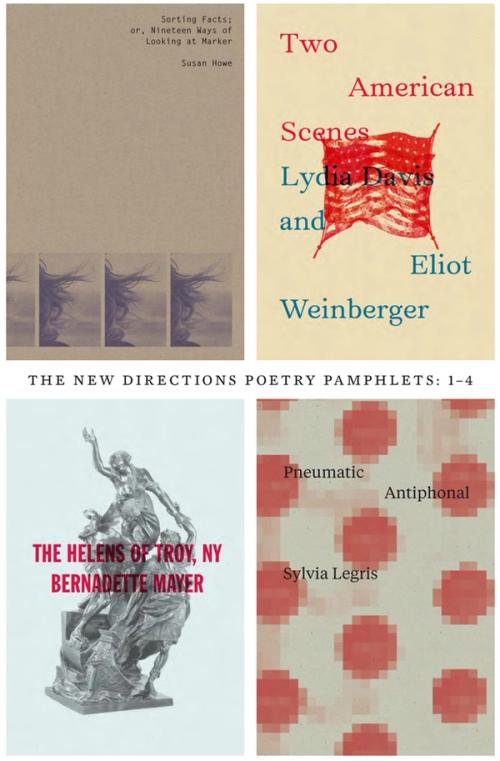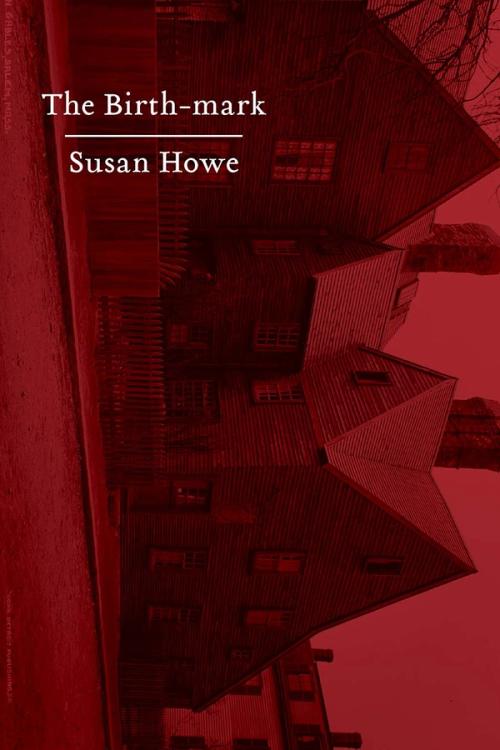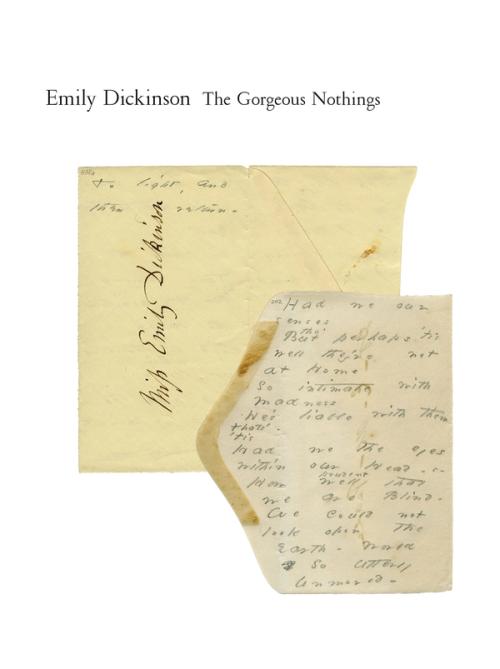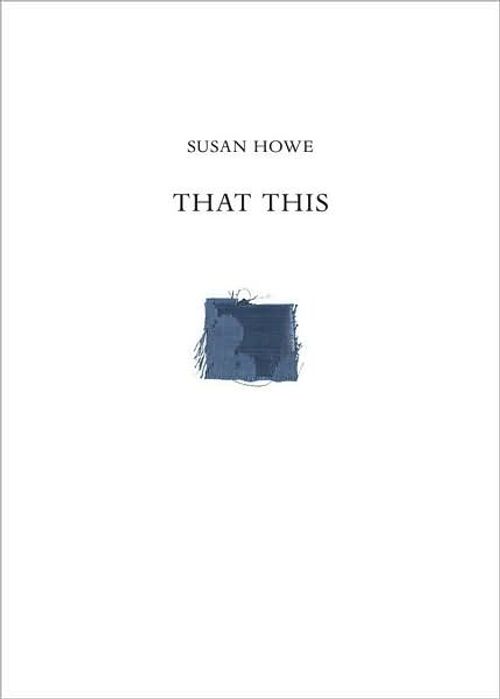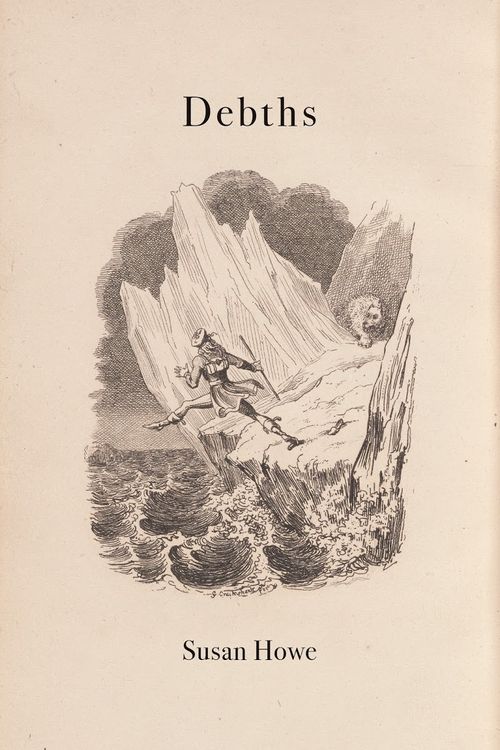Pierce-Arrow
Poetry by Susan Howe
Pierce-Arrow, Susan Howe’s newest book of poems, takes as its point of departure the figure of Charles S. Peirce, the allusive nineteenth-century philosopher-scientist and founder of pragmatism, a man always on the periphery of the academic and social establishment yet intimately conjoined with them by birth and upbringing. Through Peirce and his wife Juliette, a lady of shadowy antecedents, Howe creates an intriguing nexus that explores the darker, melancholy sides of the fin-de-siècle Anglo-American intelligentsia. George Meredith and his wife Mary Ellen, Swinburne and his companion Theodore Watts-Dunton, are among those who also find a place in the three long poem-sequences that comprise the book. Howe’s historical linkings, resonant with the sorrows of love and loss and the tragedies of war, create a compelling canvas of associations. “It’s the blanks and gaps,” she says, “that to me actually represent what poetry is—the connections between seemingly unconnected things—as if there is a place and might be a map to thought, when we know there is not.”
Paperback(published Jun, 01 1999)
- ISBN
- 9780811214100
- Price US
- 15.95
- Page Count
- 160
